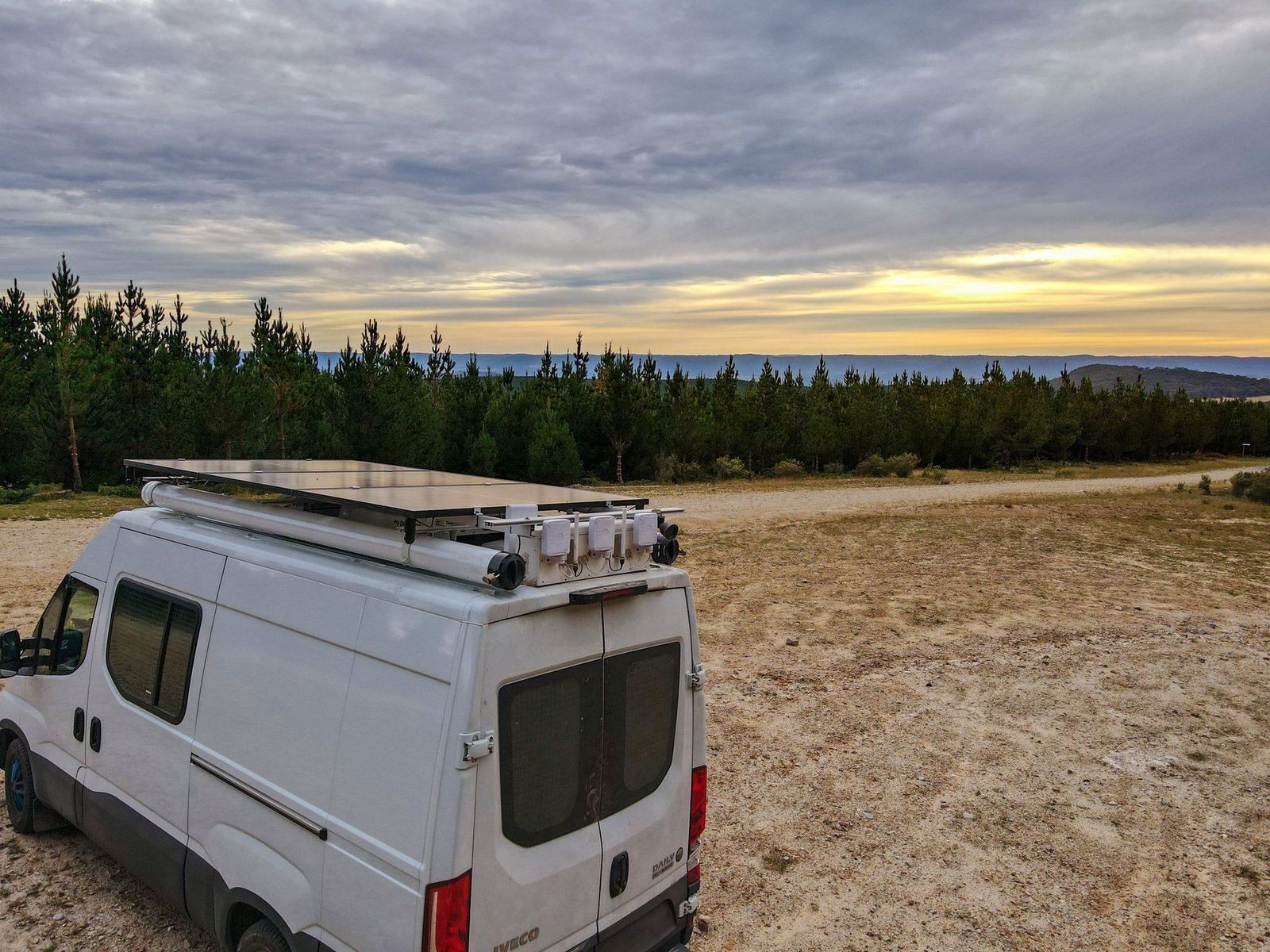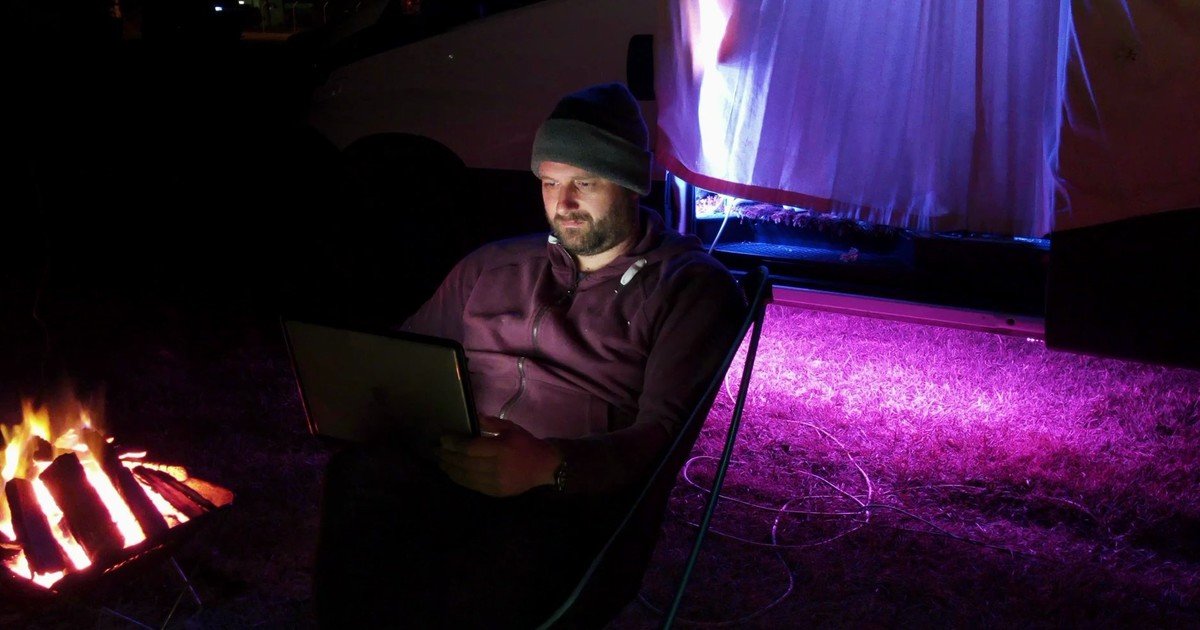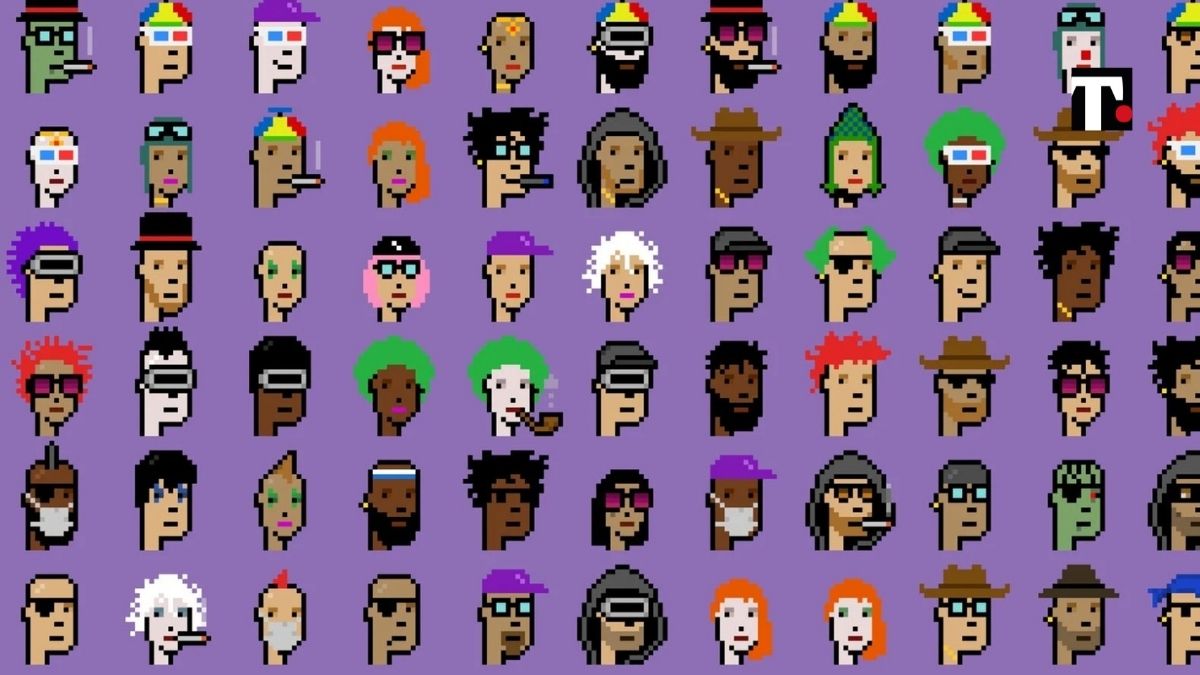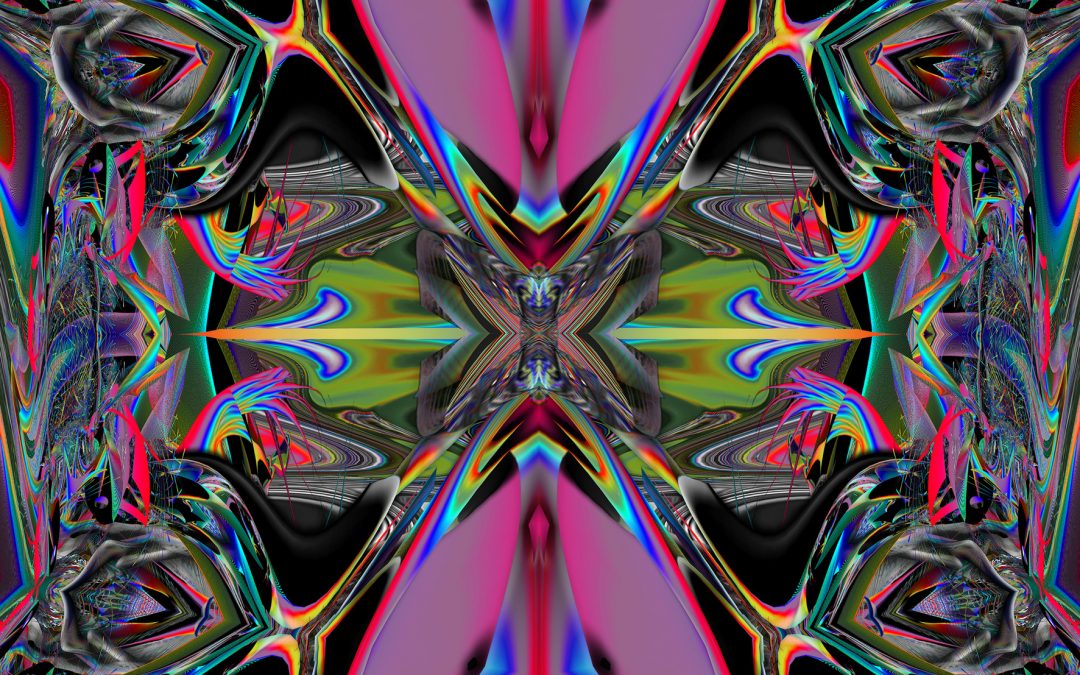Theft or activism? An Australian programmer has stolen 15 terabytes of NFTs and has charged them on his own pirate website
Geoffrey Huntley is a freelance programmer who works for Gitpod, a remote development company, and lives in a van in the area of Queensland in the Northern Australia.

Courtesy ghuntley.com
Lately, one of his web actions ‐ which affected millions of NFT images – has become popular catapulting him between news and happening.
As a matter of fact, Geoffrey downloaded 15 terabytes of NFT artworks on his own pirate website called NFT Bay, whose construction has been inspired by the Swedish portal Pirate Bay which usually makes a huge archive of copyright‐protected movies, videogames and music available to visitors. As a result, in a short time thousands of NFT pictures (including collections of artworks such as CryptoPunks, Bored Ape Yacht Club and Lazy Lions) have become available online. Geoffrey tried to stand up for himself declaring that this kind of material is simply made of standard pictures ‐ easily downloadable by anyone who is able to collect information via Google online. Unfortunately, these images are actually works of digital art connected to NFTs. In other words, they are certificates of authenticity registered on blockchains for works of art.

Geoffrey Huntley – Courtesy Exibart
It is clear how much Huntley was aware of the importance of his action which, technically, appears to be an offence relating to cultural property. It is evident that this event has lifted the veil on the potential legal implications concerning NFTs which are quickly growing as one of the most successful trends in the last years.
If Huntley’s actions against digital art are well known, as a matter of fact, a specific legislation ‐ which deals with this kind of cases – doesn’t seem still ready or is not practically enforceable at the moment.

Cryptopunks – Courtesy Exibart
Huntley’s provocation recalls ‘situationism’ and leads us to think about how long the NFT issue will still be independent from the management system typical of the ‘offline’ art market, based on official dynamics related to property rights and identity.

